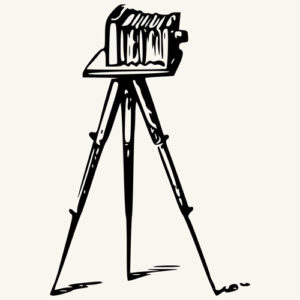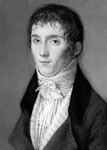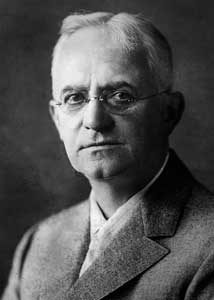Resources
This page contains links to online resources that cover many topics relating to the history, art, and sciences that have contributed to the formation of contemporary photography.
Links
A comprehensive introduction to the nature of light at Wikipedia.
An excellent lecture on the basic physics of The Mystery of Light by Walter Lewin of the Massachusetts Institute of Technology.
Almost everything you ever wanted to know about light from Canon Inc.
The speed of light is constant in a vacuum. Always. No matter how fast your flashlight is moving. In this video physicist Brian Greene explains. Let it sink in, then google the theory of relativity.
In this video Brian Greene explains the famous double slit experiment and the unexpected results it produces. The video uses electrons in the explanation but photons of light behave exactly the same way. You have just dipped your toe into the world of quantum mechanics.
The nature of light is seriously strange, and here’s some serious discussion of the way that it behaves like a particle under certain circumstances and like a wave under others, and sometimes like both at the same time: The Dual Nature of Light as Reflected in the Nobel Archives.
This description of the human visual system is only one page of an amazingly comprehensive study of sensation and perception from Skidmore College that is worth taking some time to explore.
A close look at human color vision from the University of Murcia, Spain.
Part One of the BBC presentation of David Hockney’s Secret Knowledge where he investigates how past artists may have used optical instruments to enhance the realism of their paintings. Very interesting indeed.
Part Two of David Hockney’s Secret Knowledge.
Did Johannes Vermeer use a camera obscura to create his sublime paintings? Maybe so, according to this article from essentialvermeer.com.
Did Johannes Vermeer use a camera obscura to create his sublime paintings? Maybe not, according to this video.
This site has some very interesting information re: Color Vision & Art.
Ansel Adams was a great photographic artist who was famous for his technical excellence. A portion of this vintage video shows him at work and leaves you with a great appreciation for his uncompromising attention to detail as well as for the ease of image making that we enjoy today.
The use of perspective to create heightened realism in painting was a modern innovation during the Quattrocento when Paolo Uccello began to incorporate it into his work. In The Battle of San Romano it seeks a home within a sumptuous decorative style.
Abelardo Morell takes the ancient concept of the camera obscura to a new level.
The oldest surviving photograph made with a camera resides at the Harry Ransom Center at University of Texas at Austin. It was taken in 1826 or 1827 in France by Joseph Nicéphore Niépce.
This is a very concise yet thorough introduction to the basics of digital imaging from the University of Texas at Austin
Have a question about digital photography? The answer is here. Lectures on Digital Photography is a complete college level course by Mark Levoy and a true gift to the internet. Be sure to check out the applets.
Be ready to snap that perfect sunset or moon-rise or anything in between with The Photographer’s Ephemeris. This app will tell you exactly when and where these events will occur so that you can have your camera ready at the perfect moment. Very interesting even if you’re not a photographer.
Here’s a link to B&H Photo’s YouTube channel where you’ll find a wealth of photo product information as well as presentations by professionals from many parts of the photo, video, and audio world. Be sure to check them out on the B&H Event Space playlist.
This is not a very fancy website but it presents the fundamental guidelines and examples of good photo composition in a clear and uncluttered way. Every photographer should be aware of these principles before violating them.
Chelsea and Tony Northrup are so laid-back it’s hard to believe that they can regularly gather and present such huge volumes of information. This is a link to their YouTube channel where they provide photo tips, equipment reviews, a podcast, and way much more. A great resource for photographers like us.
Don’t be afraid of the Modulation Transfer Function! MTF is a measured, graphical presentation of an optical system’s performance and an objective way to compare the quality of different systems. How to Read MTF Charts is only one jewel in this treasure of a site, and you will be rewarded by exploring all that Photography Life has to offer.
The focal plane shutter in a digital single lens reflex (DSLR) camera is an engineering marvel. In this video the Slo Mo Guys let you see clearly how it works and also briefly explain how the sensor captures video one line at a time.
DxOMark is an outfit that performs extensive image quality testing on lenses and cameras. You might want to check them out before making your next purchase.
How to digitize film with a camera rather than a scanner.




